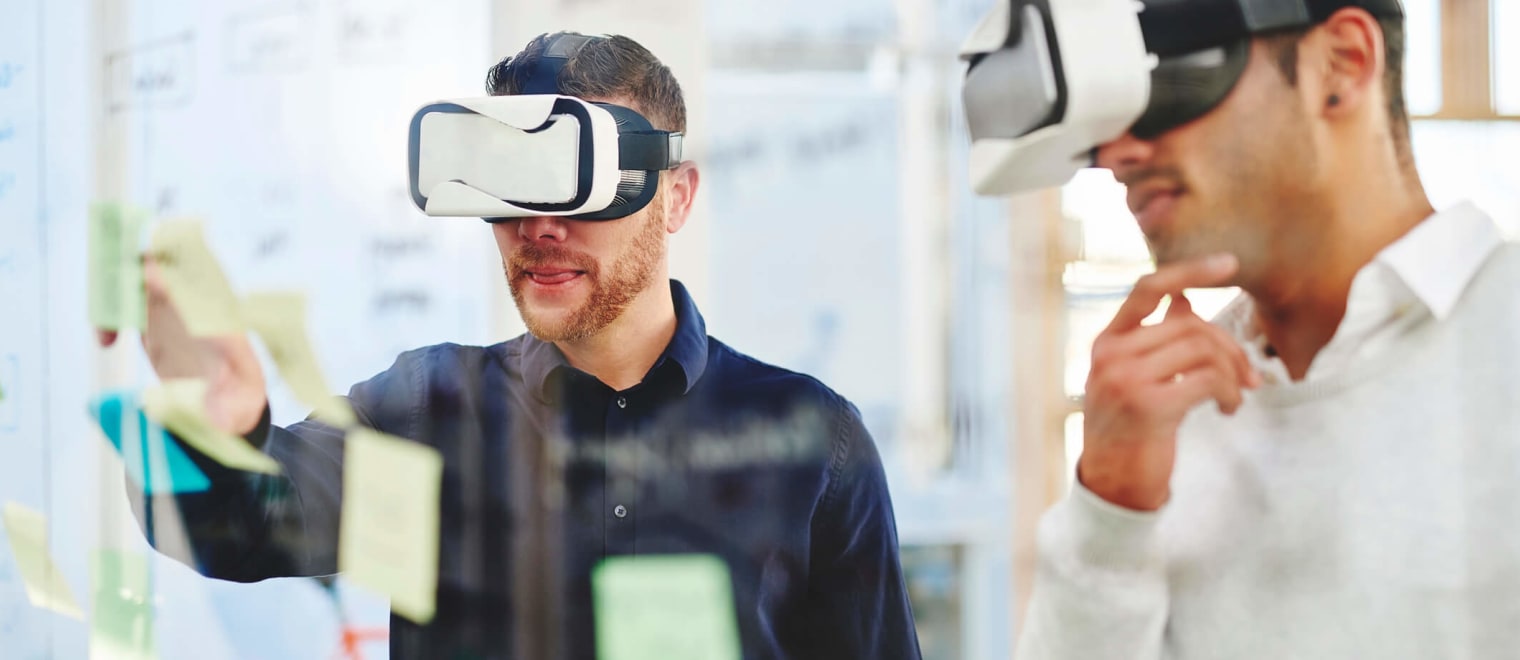This informal CPD article is Part IV of the Gamified education training and the frameworks of AI, AR, VR and Blockchain provided by Vasilis Palilis director of WIDE Training Academy of the WIDE Services company.
In this article we explore how gamification can enrich a well-structured e-learning process by increasing learner engagement. We also explore the modern technology educational environments.
The article comprises 4 parts.
1. In the first part, "Well-structured e-learning process", we discuss the components of a well-structured e-learning process, and the added value of gamification for it.
2. In the second part, "About gamified education/training ", we scrutinize the "WHAT - WHY - HOW" of a gamified e-learning process.
3. In the third part, "Virtual & Augmented reality in gamified education/training", we explore the relationship between VR & AR educational environments and Gamification.
4. In the fourth part, "Artificial Intelligence in gamified education/training and educational topics that are (maybe) served in Blockchain applications", we search in depth the relationship of AI educational environments with Gamification and the educational applications in Blockchain networks.
Let’s embark upon the 4th part.
Artificial Intelligence (AI)
It is beyond the scope of this article to explain what artificial intelligence is. Let us briefly say that artificial intelligence is a sector of science that studies how to create machines that behave as if they are intelligent, without this meaning that they manifest the intelligence that humans display.
The most common characteristic attributed to artificial intelligence is the machine's ability to learn. The discipline that studies this is called machine learning. But how can a machine learn? Simply, the machine's software is programmed to be able to change itself based on the data provided to it.
These software programs learn from these data through iteration by making countless mistakes. After some time, the program learns how to reach the desired output, and then the testing phase ends. These changes are incorporated into the software and are triggered when it is fed new data to repeat the process. Of course, the way in which a program can change itself must be defined by the programmer.
You have certainly worked with artificial intelligence applications, for example advanced web search engines (e.g. Google), recommendation systems (e.g. YouTube), understanding human speech (such as Siri and Alexa) etc. And no matter how brilliant chess player you are, you no longer have any chance against such a system, as early as 1977 Deep Blue became the first computer chess system to defeat the world chess champion Garry Kasparov.
In education, AI is used to personalize learning, create better content, automate in-class tasks, help with teaching, engage learners, evaluate training outcomes and involve in social learning etc. Gamification can encourage learners to actively participate in their lessons, earn rewards, achieve new levels and motivate them.
The aims, functions and applications of these two technologies in education are complementary, they can be used in parallel to enhance the influence that both have. For example,
- Machine learning can be used to develop the best gamification practices for a specific task. It could evaluate results based on data input and use them to create new variables to improve gamification results.
- Machine learning can be used to implement gamification in a personalized learning paths and create courses relevant to the curriculum or training needs of the industry.
- Machine learning can dynamically change the interaction parameters according to the learners' responses
- Machine learning can develop some kind of automatic learner guidance through analysis of user interactions. With the help of gamification, we can enhance this guidance.
Blockchain
"Blockchain" is a relatively recent technology, started on 2008, relatively unknown, for many it is synonymous with cryptocurrencies, but for its enthusiasts, it is the basis of WEB3, the new era of decentralization, the desired evolution of the present WEB2 which is centralized and mainly serves the "Big Four or GAFA" companies that provide various free services in exchange to the personal data of their users. The problem of over-centralization is well documented, even the founder of the Internet, Sir Tim Berners Lee, tries to address it with his project Solid (Solid: Your data, your choice. Advancing Web standards to empower people.)
Let's focus on describing the technical part of Blockchain as simply as possible. The first use of Blockchain was a peer-to-peer ledger to record transactions of the cryptocurrency Bitcoin. The goal was to eliminate any intermediary guaranteeing the transaction, such as a bank, and allow users to make their transactions securely and validly directly.
To achieve this, the Blockchain evolved into a decentralized network of peer-to-peer nodes (a node is pictured as a suitable computer running free and open-source software, anyone can join the network if they can face the technical challenge and cost in order to produce and hold Bitcoins).
Each node in the network:
1. holds a copy of the transaction book, which is automatically updated as soon as a transaction is added
2. enters a transaction into its own ledger when it receives consent from other nodes in the network
3. informs the other nodes in the network of each transaction it records; and
4. checks, on a regular basis, whether its own ledger is identical to that of the other nodes
The unique capabilities of the Blockchain, immutability, transparency and reliability, are useful not only in cryptocurrencies but also in many other areas such as government, education, health and science.
Future of blockchain in education
Α large application of Blockchain has started. In partnership with Ethiopia's Ministry of Education, “Input Output” Organization will create a Blockchain-based digital identity for 5 million students and teachers. Using Cardano Blockchain technology will create a national attainment recording system; to verify grades, monitor school performance, and boost nationwide education.
The Minister of Education believes that harnessing the potential of Blockchain technology will improve the quality of education in his country. He chose IOHK because looking back at its history, he found that in the Cardano network background there is a huge collaboration with universities and huge investments in Blockchain research.
In the first phase, almost 5 million students in secondary education will have a digital id but over time the scale will be extended to 27 million students and 700000 teachers. He believes that this online and continuous tracking of students' performance, their aptitudes, and interests, their collaboration with their peers and teachers will bring a dynamic improvement in the education provided and at the same time benefits for the whole country. He believes that this project can only be done with Blockchain technology, he does not think that other technologies are really able to perform such a level of analysis, this level of accuracy, this level of privacy as well as this level of security that is required.
But let's look at the case study "Supporting Lifelong Learning with Smart Blockchain Badges" designed and implemented in the QualiChain project (funded from the European Union's Horizon 2020 research and innovation program). As the title suggests, the researchers investigate how Blockchain technologies can support lifelong learners in their learning journey and in improving their careers. The main goals of this case study are:
- Validating the achievements of lifelong learners with transparent and timeless educational accreditation with Smart Blockchain Badges.
- Providing personalized learning paths to lifelong learners based on their existing learning achievements.
- Supporting lifelong students in achieving their personal and professional learning goals.
The starting point of the project is that modern education is mainly controlled by educational institutions, which provide credibility and administrative support, but which create a model that is cumbersome and presents difficulties in recognizing the achievements of lifelong learners in non-formal forms of education.
As a result, the transition of a lifelong learner from formal to non-formal education and vice versa is hindered as the achievements acquired in one type of education are not easily transferred to the other. This suggests the need for a decentralized model for all types of education, providing learners with a framework to fully control how they learn, how they acquire qualifications, and how they share these qualifications and other learning data with third parties such as educational institutions or employers.
The fact is that gamification has not yet found its place in these systems, don't forget that they are still in an early phase. But you can certainly sense how it will be introduced to increase the immersion of participants, especially younger students.
We hope this article was helpful. For more information from WIDE Services, please visit their CPD Member Directory page. Alternatively please visit the CPD Industry Hubs for more CPD articles, courses and events relevant to your Continuing Professional Development requirements.













